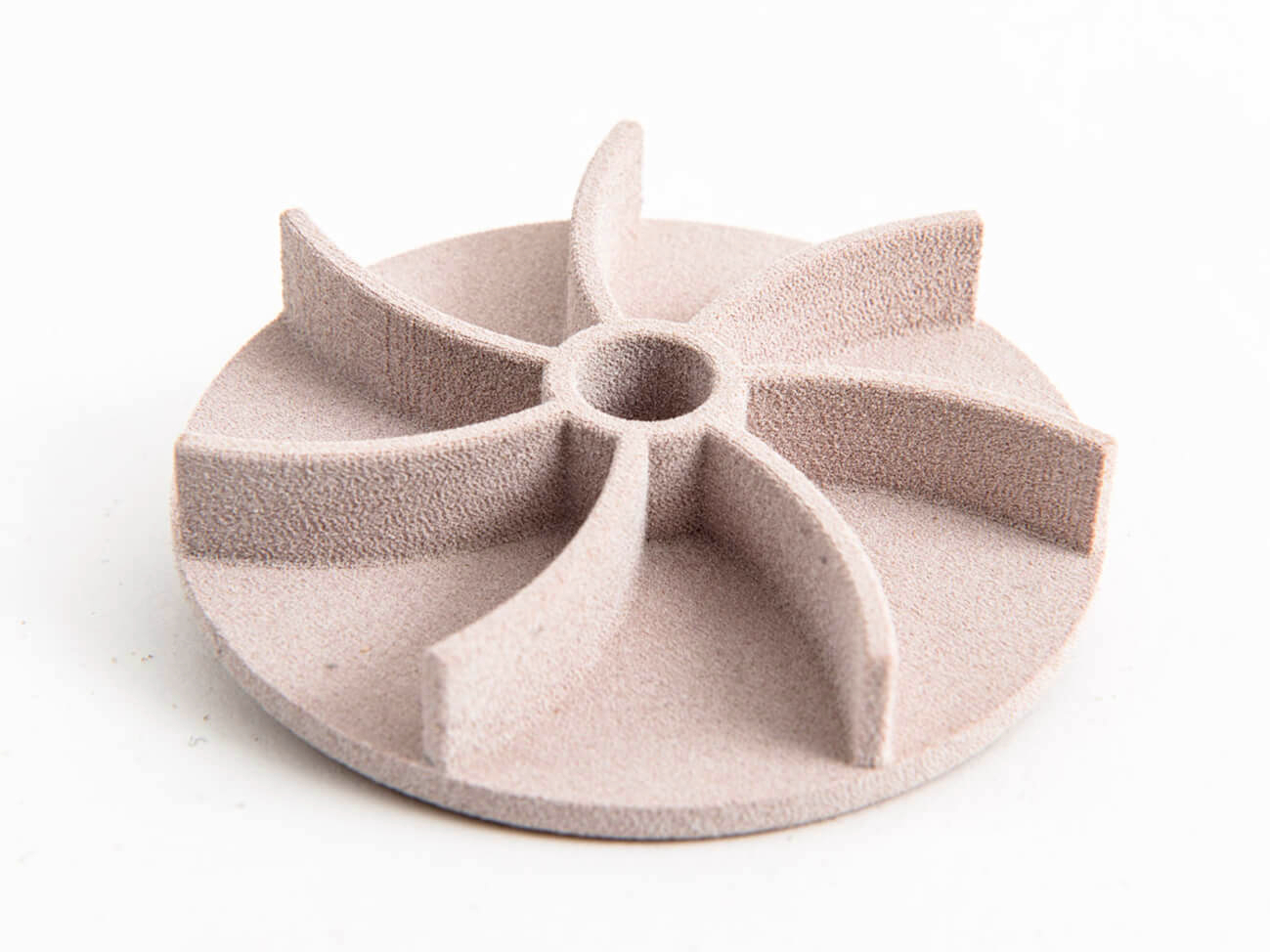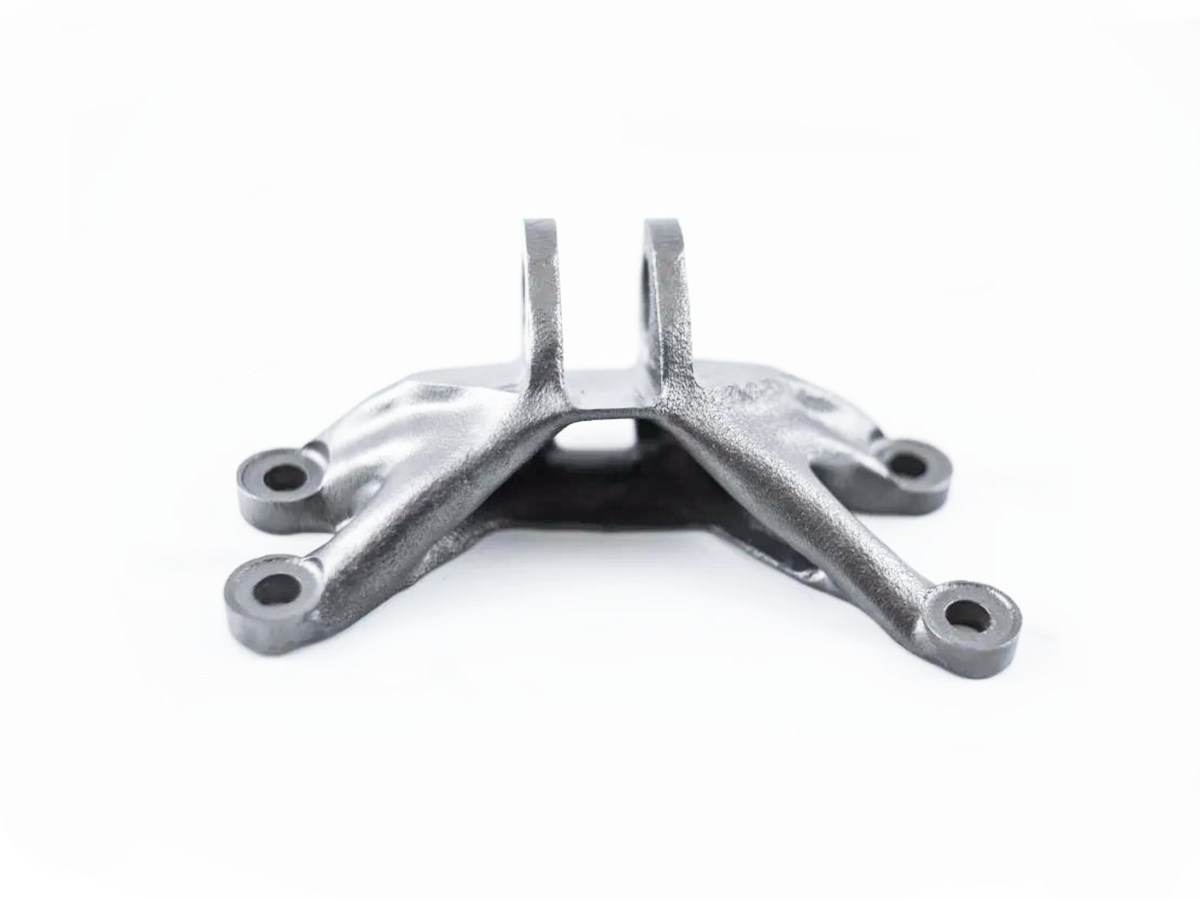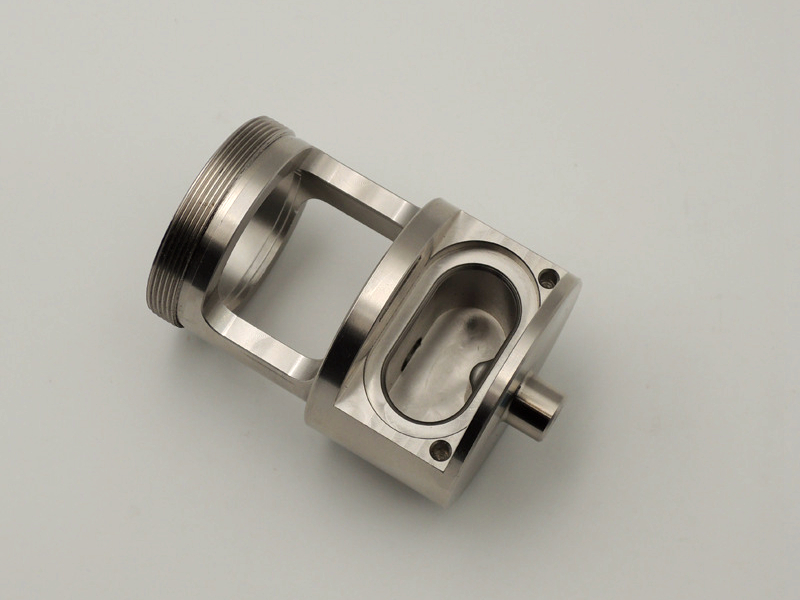Which post-processes enhance corrosion resistance for Inconel components?
From a materials engineering and corrosion science perspective, while Inconel alloys like Inconel 718 and Inconel 625 inherently possess excellent corrosion resistance due to their stable, chromium-rich oxide layer, specific post-processes are critical to ensure this performance is fully realized and not compromised by manufacturing artifacts. These treatments are designed to optimize the surface chemistry, microstructure, and physical state of the component.
Critical Post-Processes for Corrosion Enhancement
The following post-processes are essential for maximizing the corrosion resistance of Inconel components, particularly those manufactured via additive manufacturing or CNC machining.
1. Heat Treatment (Microstructural Stabilization)
Heat treatment is fundamental for Inconel, serving dual purposes of relieving stresses and creating a stable, homogeneous microstructure.
Stress Relief & Solution Annealing: Residual stresses from machining or the rapid solidification of DMLS can create localized areas with higher energy, making them more susceptible to stress corrosion cracking (SCC). A proper stress relief or solution annealing cycle dissolves undesirable, chromium-depleted secondary phases and homogenizes the alloying elements, ensuring a uniform passive layer can form.
Aging (Precipitation Hardening): For alloys like Inconel 718, aging precipitates the strengthening gamma prime and gamma double prime phases. A correct aging cycle is designed to avoid the formation of detrimental phases like delta phase or Laves phases at grain boundaries, which can create galvanic cells and pathways for corrosive attack.
2. Hot Isostatic Pressing (HIP) - Integrity for Additive Parts
For DMLS components, Hot Isostatic Pressing (HIP) is often mandatory. It subjects the part to high temperature and isostatic gas pressure, which plastically deforms the metal to close internal pores, voids, and lack-of-fusion defects. These internal defects can act as initiation sites for pitting and crevice corrosion, trapping corrosive media and creating a localized aggressive environment. HIP eliminates these hidden threats, significantly improving resistance to localized corrosion.
3. Surface Finishing and Densification
The surface condition is the first line of defense. A smooth, continuous surface minimizes sites for pitting initiation.
Electropolishing: This is highly effective for Inconel. It anodically dissolves the surface, preferentially removing micro-peaks and impurities, resulting in a microscopically smooth, mirror-like finish. This process also enriches the surface chromium content, thereby enhancing the formation and stability of the passive oxide layer.
Sandblasting or Bead Blasting: While this creates a matte finish, it can be beneficial for removing surface contaminants and scale. However, it must be followed by a passivation step to restore the passive layer, as blasting can imbed particles and smear the surface.
Mechanical Polishing: For aesthetic or functional requirements, mechanical polishing creates a very smooth surface that is difficult for corrosive agents to adhere to.
4. Chemical Passivation
Passivation is a critical chemical treatment that strengthens the innate corrosion resistance of Inconel. It involves immersing the cleaned component in an oxidizing acid solution (typically nitric acid). This process:
Removes free iron and other exogenous contaminants embedded on the surface during machining or handling.
Dissolves microscopic particles of base metal that could act as initiation sites for galvanic corrosion.
Allows the chromium in the alloy to react with oxygen to form a thicker, more uniform, and protective passive oxide layer (Cr₂O₃).
5. Advanced Coatings for Extreme Environments
For the most aggressive environments, such as in chemical processing or oil and gas applications, additional barrier coatings may be applied.
PVD Coatings: Physical Vapor Deposition can apply thin, extremely hard, and inert ceramic coatings (e.g., CrN, TiAlN) that provide exceptional resistance to wear and corrosion.
Thermal Spray Coatings: Thicker coatings of even more resistant materials can be applied for components subject to severe erosion-corrosion.
Engineering Guidelines for Optimal Corrosion Resistance
Establish a Robust Post-Process Sequence: A typical effective sequence for a critical DMLS Inconel part would be: Stress Relief > HIP > Solution Annealing & Aging > Machining of critical surfaces > Electropolishing or polishing > Passivation.
Prioritize Internal Integrity for AM Parts: For any additively manufactured component, HIP is non-negotiable for achieving corrosion resistance comparable to wrought material.
Specify Surface Finish Requirements: Clearly define the required surface roughness (Ra) based on the service environment. A lower Ra (smoother surface) generally correlates with better corrosion resistance.
Validate with Testing: For critical applications, corrosion performance should be validated through standardized tests such as ASTM G48 for pitting and crevice corrosion resistance.



